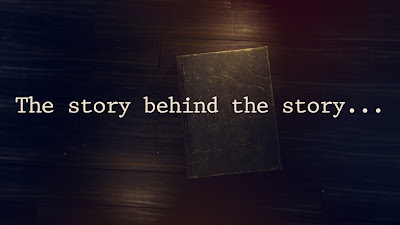If you looked up the word
‘Creative’ in the dictionary, the definition would likely by accompanied with a
photo of Nancy Scofield beside it.
She’s an author, a poet, a
visual artist and a singer. The founder of the Breach House Gang, which is a
collection of other creatives who publish their stories and poems collectively.
I get exhausted just
thinking about all her accomplishments.
And she’s our special
guest this week and we are reverting back to an interview format for this
week’s post.
Nancy King
Schofield was born in Saint John, NB, began her artistic career in music and
was singing in musicals by the age of five. This talent was nurtured by formal
training in voice and piano and resulted in years of competitive and public
performance and professional recording. After graduating from high school, her
family encouraged her to choose a conventional profession and she entered a
three-year program at St. Joseph’s Hospital School of Nursing. She eventually married
and raised three children.
In 1986, King
Schofield entered Mount Allison’s BFA program as a mature student and graduated
in 1991 with a double major in painting and printmaking. Since then, she has
pursued life as an artist and in the process, emerged as a major figure on the
Canadian scene. She is now recognized for her originality in mastering the
difficult medium of carved wood relief.
Nature is both
muse and theme in King Schofield’s work. Although equally acclaimed for large
two-dimensional canvasses, she is best known for her mixed-media simulations
that dramatize the tactile qualities of nature. Her technical skill in drawing
free hand with a router, carving and gouging wood produce landscapes that are
at once both abstract and representational. She finds inspiration from
collected pieces of metal, driftwood and rocks that she integrates into
sculpted two-dimensional pieces.
In the thirty
years that she has worked professionally, King Schofield has displayed
exceptional commitment to the growth of art in her community, contributing pieces
to raise money for art causes. In 1996 she was one of 15 women featured in “The
Creators,” a Women’s Television Network series on women artists. She has served
on the board of Imago Print Shop, Galerie 12 (Moncton, NB) and Struts Gallery
(Sackville, NB). She also helped found three collectives; Galerie 12 (Aberdeen
Cultural Centre), The Breach House Gang (2000) and Women Who Write (2017). King
Schofield credits her extensive gallery tours in Europe in 2002 and 2009 with
giving both sustenance and inspiration to her artistic commitment.
She began to
write poetry in 1999 and often incorporates lyrical arrangements of words on
the surface of her mixed-media art to add “musical”texture to the work. In
2009, she was awarded first place in the WFNB Poetry Competition. In 2021, she
was a featured artist in a UNB project on March 8th to honour International
Women’s Day.
King
Schofield’s paintings are featured in many collections in Canada and the United
States, and she has participated in more than one hundred exhibitions. The
overwhelming acceptance her work has garnered during a career that extends from
1991, confirms for her a significant place in New Brunswick’s artistic
community.
Nancy King Schofield lives in Grand Barachois, NB in her studio / house near the ocean called, “the Breach House.”
Scribbler: With so many outlets for your creativity,
is there a favorite? One you always go back to?
Nancy: Throughout my life, I have always gone
back to visual art because of its accessibility. That was a redeeming factor
for me while looking after three children and making frequent moves across
Canada to accommodate my husband’s career. This lifestyle disrupted my ability
to become established in either music or writing circles, but painting allowed
me to work on my own until I was able to obtain formal training at Mount
Allison University.
Scribbler: First off, please tell our readers about
the Breach House Gang.
Nancy: When I started writing poetry in 1999, I
needed someone to listen to me. I approached an artist and asked her if she was
interested, and we read our work to each other occasionally. I thought there
must be many other writers who needed the same support and that was when I
decided to get a group together. At first there were only three active members
and we met at my studio but with the onset of Covid, we decided it was safer to
meet online. One initial member still attends, and we meet once per month but
now we number 11.
Scribbler:
Can you tell us about your
writing? What are you working on at present?
Nancy: What I plan to do this winter is to define
poems that I have been writing over a couple of years and then to publish a
collection. Because of time needed to manage the two writers’ groups, I haven’t
much of the same to spend on my writing, even though my daughter Alex (poet and
visual artist) chairs our meetings and another writer (Elizabeth Blanchard) acts
as treasurer.
Similarly, I hope
to prepare paintings over the next couple of years and launch an exhibition of
art. I have already collected many interesting wood pieces from nature and have
covered a long table with over a hundred metal pieces.
Scribbler:
Please tell us about your art?
Nancy: During my formative years, my family had a
summer cottage situated next to the Kennebecasis River. Every year I spent
eight weeks observing organic growth, wildlife and the many moods of this
powerful river. Deep feelings of guardianship for the natural order were
fostered in me at this time; stones, driftwood, and rusting objects left behind
for earth and water to absorb. However, I was unaware that the physicality of
these objects would later become a point of reference in my art.
I need more than
just paint to express my emotional response to the natural landscape. Moving
energetically over the surface of a piece of plywood with an electrical router;
changing bits to determine the width of grooves, gouging, sanding and
chiselling the surface is what gives energy to my process. It also contributes to
a sense of movement in the piece itself and I am drawn into an extraordinary experience
of nature, through it. Paint and collage are added later for greater
psychological impact. The large scale of many pieces is intended to place the viewer
at the center of the landscape.
I studies intaglio
printmaking with Dr. David Silverberg over four years at Mt. Allison. This involves
using acid to bite grooves into the surface of a zinc plate that will eventually
be filled with ink and printed. Similarly, I use a router to incise my drawings
in wood (bas-relief) and fill these channels with paint.
My written text is
often added to the piece, suspended across the surface like a transparent veil
of texture.
Scribbler: I am envious that you can sing and
entertain with music. Do you sing professionally?
Nancy: I haven’t sung professionally for many
years. Making moves across Canada when I was actively involved in singing made
it practically impossible to put down roots and become established in that
arena. Also, taking care of two growing children plus a challenged son was a
big responsibility and one that I took seriously.
Before marriage, I
sang professionally with orchestras, on radio and TV, in music festivals and for
many different organizations. Stepping
away from music wasn’t a choice but something that was necessary but because I
have always thought that Art is a house with many rooms, I just went into a
different room and made paintings instead of songs. And when the time was
right, I entered the room of writing and learned about poetry. Occasionally
now, I visit the music room and sing folk songs with other singers. Therefore,
nothing is really lost because my goal in art is to evolve in whatever process
I undertake.
Scribbler: Anything else you’d like to share with our
readers?
Nancy: The only other thing I would like to share
is that I was fortunate to grow up in an Irish community that valued music and
the arts. Also, both of my parents were gifted musically and therefore, music
and art played an important part in our family and affected our decision making
throughout our lives. Being involved in music was what we loved to do.
Last of all, I wish to thank you Allan, for your interest and for inviting me to participate in Scribbler. It has been a pleasure!
It’s been our treat to have you as a guest, Nancy.
Thanks for your time and answers. Wishing you continued success with your
artistic endeavors.
Thank you to the many readers and visitors. It’s fun.
What’s your favorite artistic outlet? Tell
us I the comments box below.
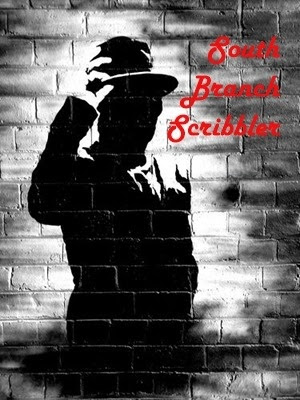



.jpg)









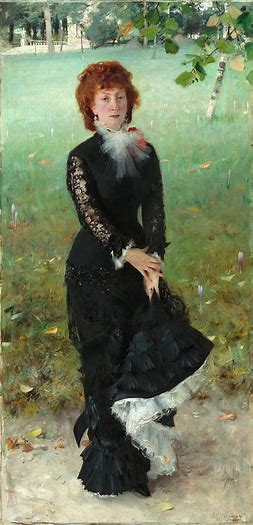
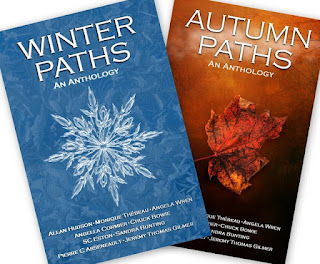
.jpg)
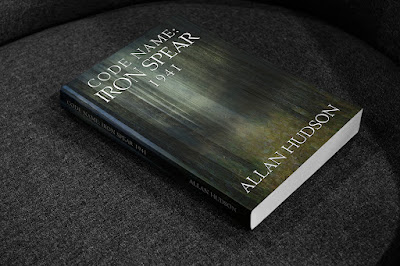



.jpg)







